Additive Manufacturing Makes Vacuum Systems Smaller, Lighter and Smarter
If quantum technologies came with instruction manuals, the first few pages would describe how to cool and trap a sample of atoms. Clouds of cold, trapped atoms lie at the heart of present-day quantum devices such as atomic clocks. They’re also integral to several possible future ones, such as the “quantum positioning systems” that may one day replace satellite-based GPS. The reason is simple: it is only by isolating atoms from their environment and cooling them down, sometimes to temperatures as low as a fraction of a degree above absolute zero, that their quantum characteristics come to the fore. Properties such as the atoms’ acceleration and rotation, the timing and frequency of transitions between energy levels, and even their response to disturbances in electric, magnetic and gravitational fields can and will be exploited as part of the next generation of quantum technologies.
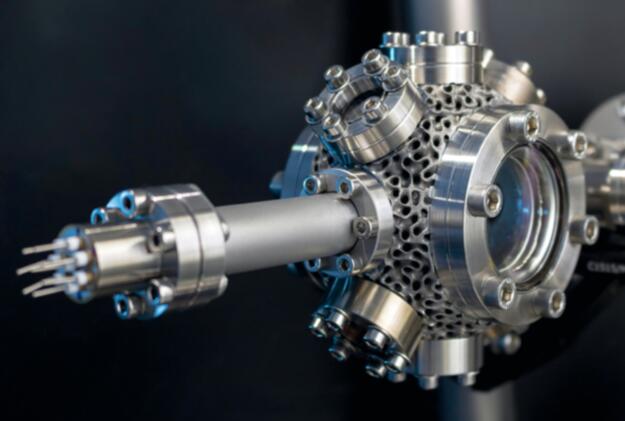
Forming and sustaining clouds of cold atoms is, however, anything but simple. Among other requirements, the clouds must be kept in an ultrahigh-vacuum (UHV) environment, at pressures below 10–7 pascals (10–9 mbar). This ensures that atoms cooled to microkelvin temperatures are not lost from the trap due to collisions with warmer particles in the atmosphere. UHV assemblies are therefore critical sub-systems for high-precision quantum applications, and to date, they have typically consisted of multiple bulky, standardized stainless-steel components. The large number of vacuum connectors and joints between components increases the risk of leaks, especially when the joints are subjected to temperature changes and mechanical stress. As a result, UHV sub-systems are widely viewed as the limiting factor in getting quantum technologies out of the lab.
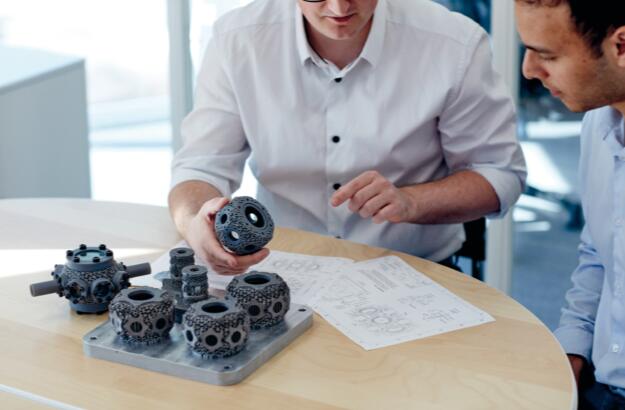
Additive manufacturing (AM) has the potential to turn this situation on its head. Unlike traditional manufacturing, in which parts are made subtractively from larger billets of material, additive techniques build components layer-by-layer. One method, known as laser powder bed fusion, works by laying down thin layers of powdered material and subjecting them to an energy source such as a laser, which fuses the layers together. The energy source is then scanned in a pattern determined by the geometry of the component being manufactured. Using this additive technique, it is possible to create complex features such as internal channels and lightweight lattices and then cover them with subsequent layers. AM also makes it possible to consolidate several components into single parts while retaining all the features that would have traditionally required a multi-part assembly.
Additively manufactured vacuum assemblies offer several benefits for quantum technologies applications. As well as replacing bulky off-the-shelf components with UHV sub-systems tailored to the user’s needs, AM also makes it possible to consolidate assemblies, remove vacuum joints, add integrated functionality and reduce the size, weight and power (SWAP) parameters of the whole system. Indeed, in the longer term, AM has the potential to drive a revolution in vacuum system design, introducing new capabilities and integrated features that are only achievable thanks to the freedom of design that AM can offer over traditional manufacturing.
Until recently, the idea of using AM to produce UHV system components was quickly dismissed within the vacuum industry due to fundamental concerns over the porosity and mechanical strength of additively manufactured materials. However, recent developments in the field of AM have pushed process capabilities forward to the point where the densities and mechanical performance of AM materials are now comparable to those of the original bulk materials. Thanks to these advances, it has become feasible to construct metal UHV components via laser powder bed fusion, and therefore to challenge common misconceptions about the place of AM methods within the vacuum industry.
Source: Physicsworld

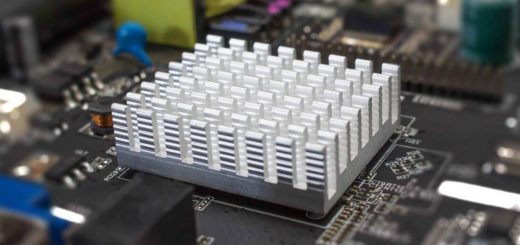
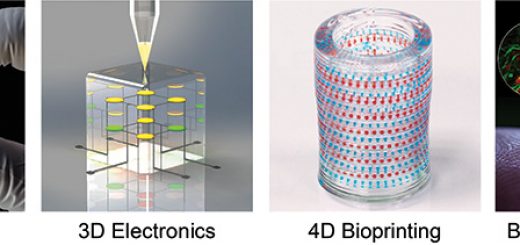
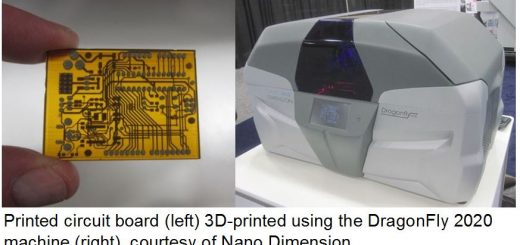
Recent Comments